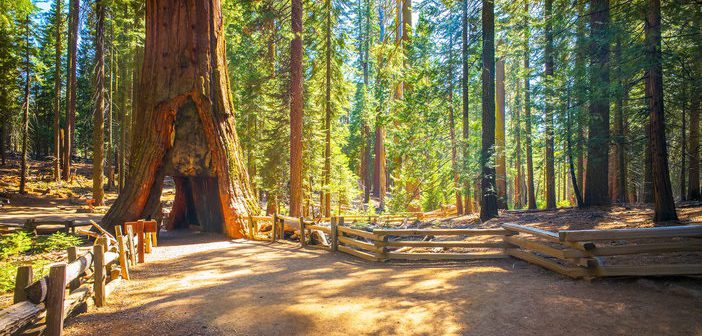by Peter Clerkin
Last month, as wildfires raced through parts of the American west, the National Park Service closed parts of Yosemite National Park. Disappointed tourists packed up their cars and campers when they could not visit iconic areas such as Yosemite Valley, and local businesses outside the park faced fewer guests, more cancellations, declining revenues, and no timetable for when the park might reopen. The closure highlighted the vital role that visitors to National Parks play in supporting local businesses, especially during the high season.
Hoteliers are acutely aware of the role parks play in drawing visitors and continue to keep a keen eye on issues that may affect the number of visitors. The wildfires will eventually be extinguished, and the guests will return, but there are other issues that may deter or limit the number of visitors to the parks, the most glaring of which is an infrastructure maintenance backlog totaling nearly $12 billion.
Last year, the Department of Interior proposed raising entry fees at 17 of the most popular National Parks as part of a revenue generating scheme to address the maintenance backlog. In some instances, the entry fees would increase over 200 percent. Asking visitors to pay an additional $60 to $100 could mean that visitors stay an extra night at a local hotel, dine at a local restaurant, or purchase souvenirs. Interior backed off their proposed plan after an overwhelmingly negative reaction during the public comment period. Even if entry fees were increased as proposed, it would hardly put a dent in funding the backlogged maintenance projects. While the entry fees to the parks would remain reasonable and accessible to most visitors, a funding solution to the maintenance backlog still needed to be created.
Completing the needed infrastructure improvements would create substantial economic growth. A study by the Pew Charitable Trusts found that fully funding the maintenance backlog would create roughly 110,000 jobs, 36 percent of which would be in the gateway communities surrounding the parks.
This summer, a bipartisan group of legislators introduced bills in the House and Senate that will create a dedicated funding stream to address the maintenance backlog. Senators Mark Warner (D-VA), Rob Portman (R-OH), Lamar Alexander (R-TN), and Angus King (I-ME) introduced the Restore Our Parks Act in the Senate, and House Committee on Natural Resources Chairman Rob Bishop (R-UT) and Ranking Member Raúl Grijalva (D-AZ) introduced the Restore Our Parks and Public Lands Act in the House. The House bill would establish the National Park Service and Public Lands Restoration Fund. The bill would use revenues from federal energy development that is not otherwise allocated while protecting payments to states and other funds. Marcia Argust, director of the Pew Charitable Trusts’ Restore America’s Parks campaign noted that the bill, “…combines the best of previous deferred-maintenance bills and provides a significant and consistent funding to address the backlog.”
The bills are gathering broader bipartisan support including that of 20 senators, 66 House Members, Department of Interior Secretary Ryan Zinke, and numerous conservation groups. Both bills are expected to pass, and, after conference, to be sent to the President’s desk.




